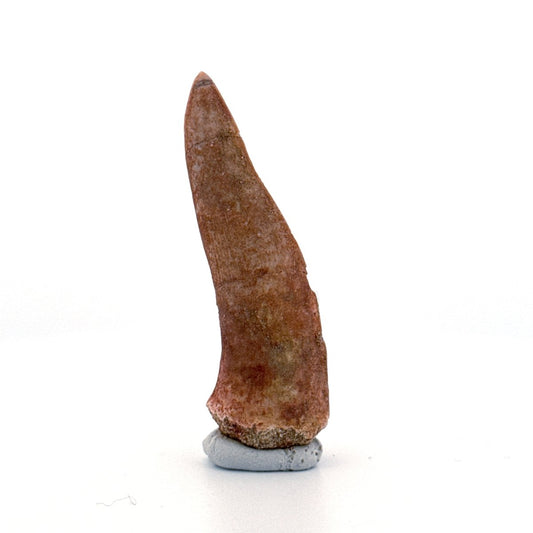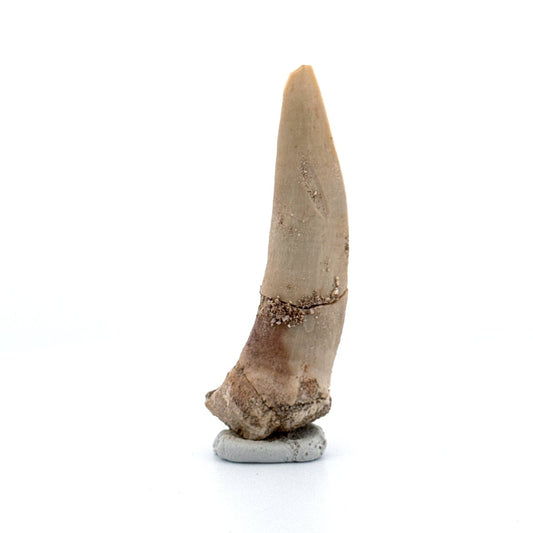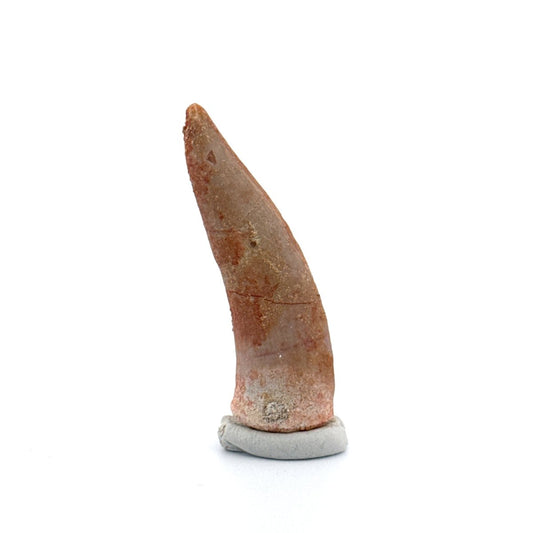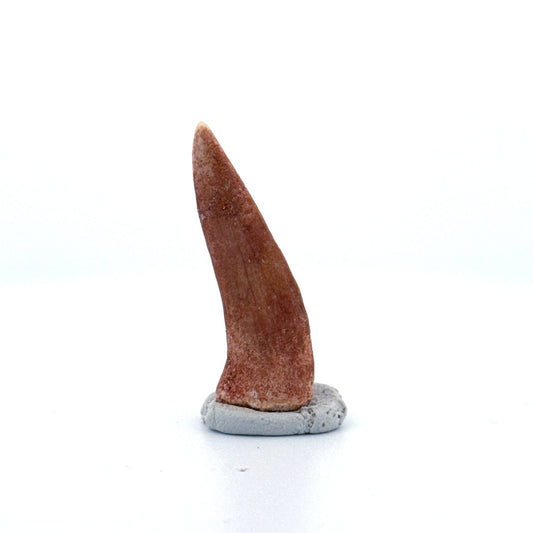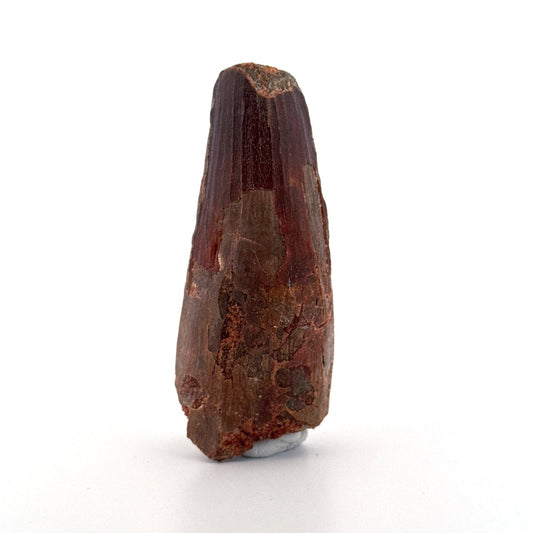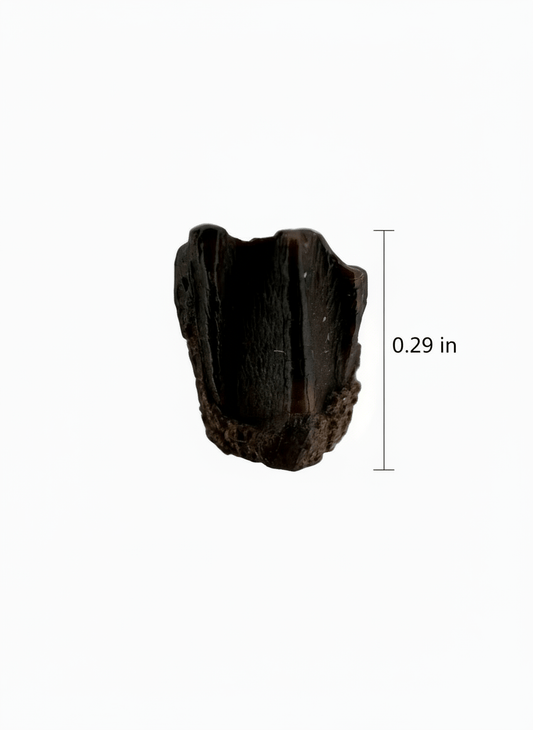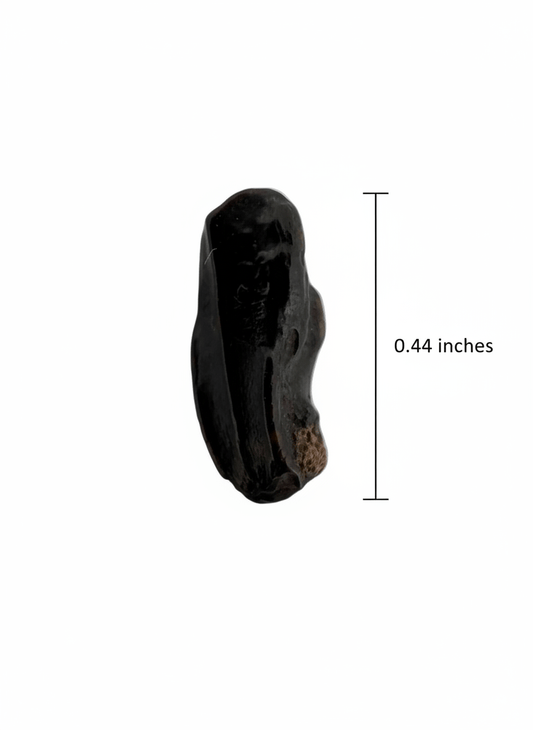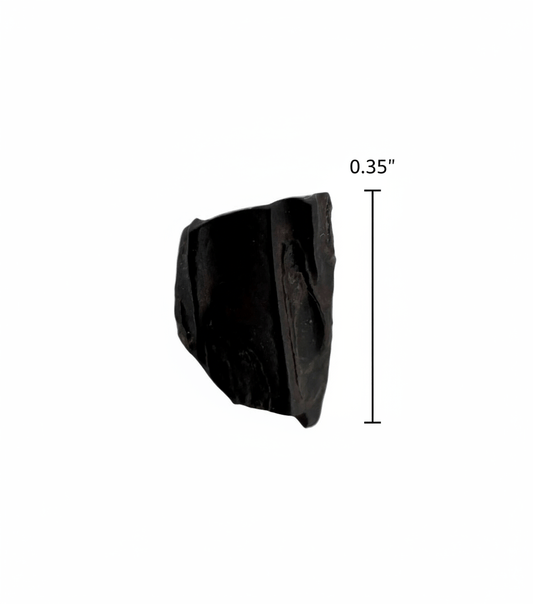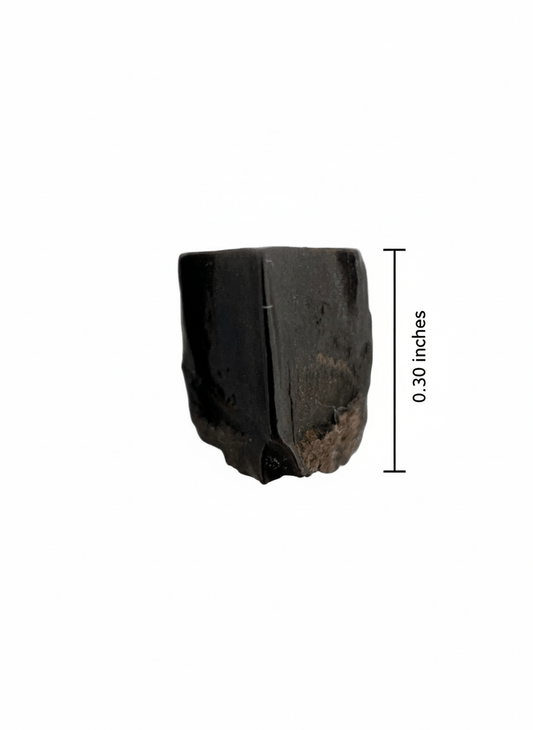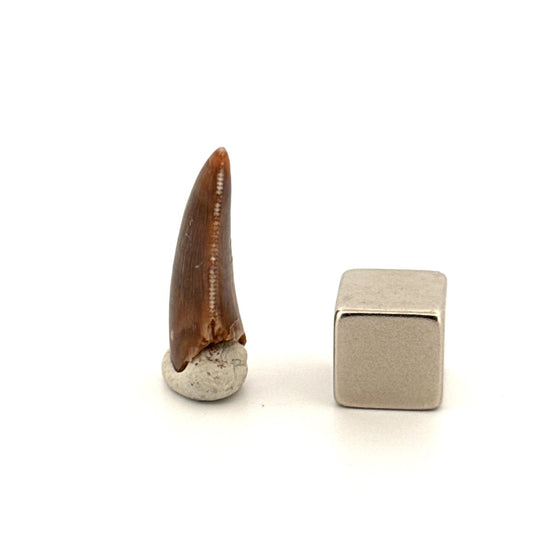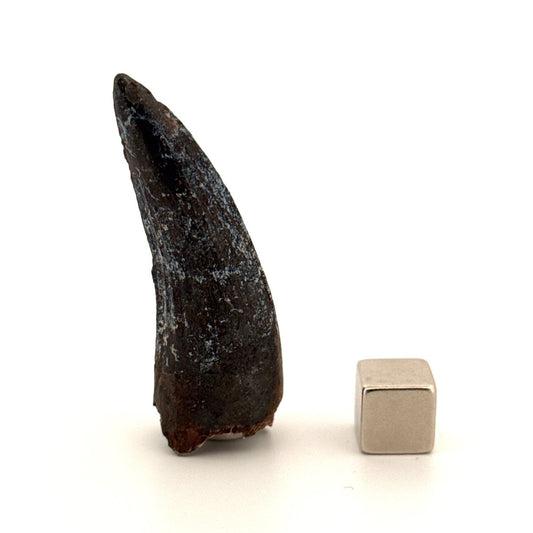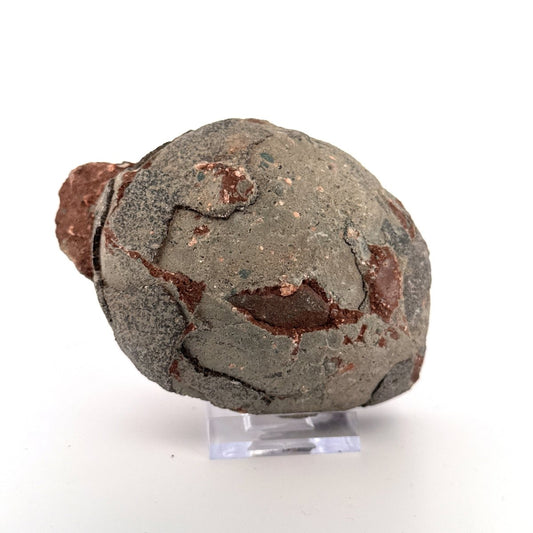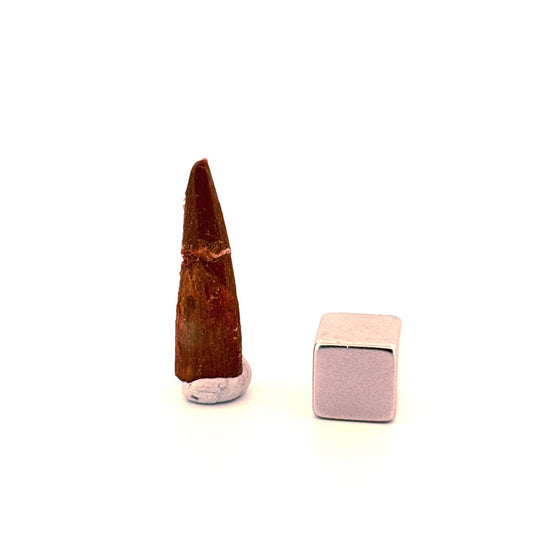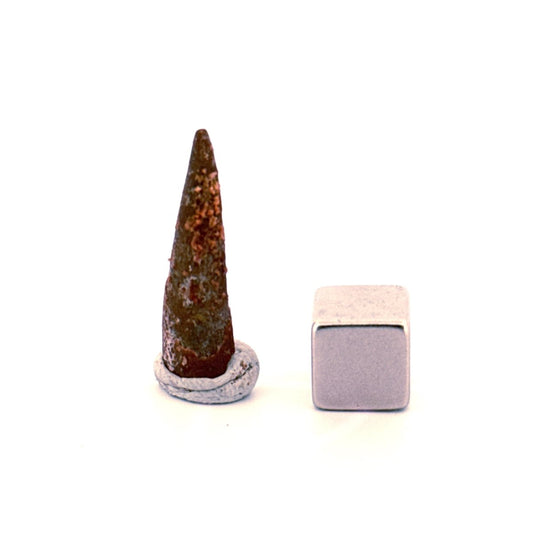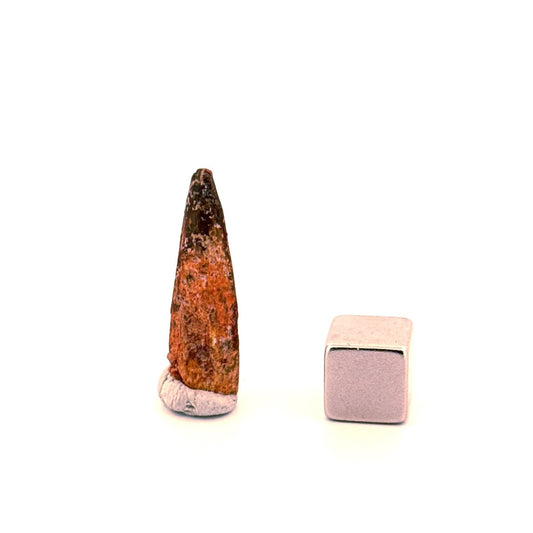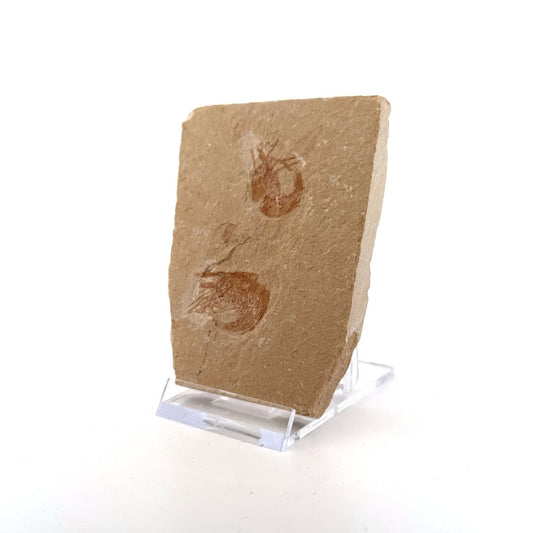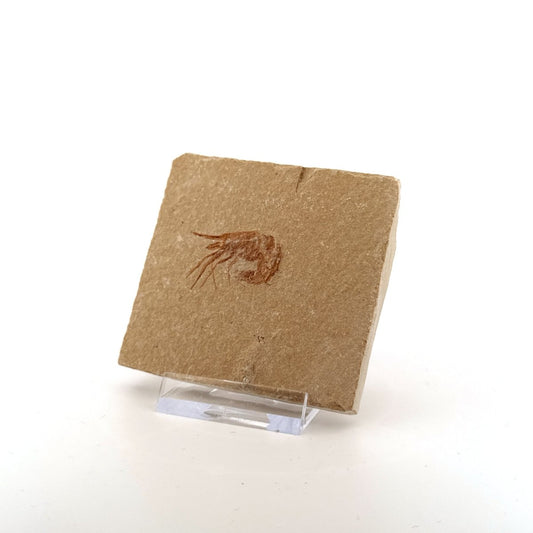Cretaceous Period
Cretaceous Period: Age of Dinosaurs
The Cretaceous Period, spanning from approximately 145 to 66 million years ago, was the final period of the Mesozoic Era, often referred to as the "Age of Dinosaurs." It was a time of significant geological, climatic, and biological changes, marked by the dominance of dinosaurs, the evolution of new species, and the emergence of modern ecosystems.
Geological and Climatic Conditions
During the Cretaceous Period, Earth's continents were still in the process of drifting apart, forming the familiar landmasses we recognize today. The breakup of the supercontinent Pangaea continued, leading to the formation of new ocean basins and the expansion of shallow seas. The climate during the Cretaceous varied from warm and humid to more temperate conditions, with greenhouse gases such as carbon dioxide contributing to higher global temperatures.
Marine Transgressions and Inland Seas
One of the defining features of the Cretaceous Period was the presence of extensive inland seas and shallow marine environments. These seas, such as the Western Interior Seaway in North America and the Tethys Sea in Europe and Asia, divided continents and provided habitats for diverse marine life. The gradual rise and fall of sea levels led to repeated marine transgressions and regressions, shaping coastlines and influencing terrestrial ecosystems.
Dinosaurs and Terrestrial Ecosystems
The Cretaceous Period was a time of remarkable diversity and abundance of dinosaurs. Iconic dinosaurs such as Tyrannosaurus rex, Triceratops, and Velociraptor roamed the land, while other groups such as sauropods, hadrosaurs, and ceratopsians flourished in various environments. Terrestrial ecosystems during the Cretaceous included lush forests, expansive grasslands, and riverine habitats, supporting a wide range of plant and animal life.
Rise of Flowering Plants and Insects
The Cretaceous Period saw the rapid diversification and spread of flowering plants, or angiosperms, which began to dominate terrestrial ecosystems. These plants co-evolved with pollinating insects such as bees and butterflies, leading to the emergence of complex plant-insect interactions. The evolution of flowering plants had profound effects on terrestrial ecosystems, influencing food webs, plant-animal interactions, and ecosystem dynamics.
Extinction Events and the End of the Cretaceous
The Cretaceous Period came to an abrupt end approximately 66 million years ago with one of the most significant mass extinction events in Earth's history, known as the Cretaceous-Paleogene (K-Pg) extinction event. This event, likely triggered by the impact of a large asteroid or comet, resulted in the extinction of approximately 75% of all species, including non-avian dinosaurs, marine reptiles, and many other organisms. It paved the way for the rise of mammals and the restructuring of terrestrial and marine ecosystems in the subsequent Cenozoic Era.
Legacy and Scientific Study
The Cretaceous Period left a lasting legacy on Earth's geology, climate, and biodiversity. Fossil evidence from this period provides valuable insights into the evolution of life on our planet, including the rise and fall of dinosaurs, the diversification of flowering plants, and the restructuring of ecosystems following mass extinction events. Scientific study of the Cretaceous Period continues to uncover new discoveries and shed light on the processes that shaped Earth's history.
The Cretaceous Period was a dynamic and transformative time in Earth's history, characterized by the dominance of dinosaurs, the evolution of new species, and significant geological and climatic changes. Through its rich fossil record and diverse ecosystems, the Cretaceous Period provides valuable clues to understanding the evolution of life on our planet and the forces that have shaped Earth's landscapes and environments over millions of years.
All Cretaceous fossils for sale - The Last Era of the Dinosaurs
-
Enchodus libycus Fish Tooth Fossil (2.31") – Late Cretaceous, Morocco
Regular price €8,00 EURRegular priceUnit price / per -
Enchodus libycus Fish Tooth Fossil (2.62") – Late Cretaceous, Morocco
Regular price €8,00 EURRegular priceUnit price / per -
Enchodus libycus Fish Tooth Fossil (2.02") – Late Cretaceous, Morocco
Regular price €8,00 EURRegular priceUnit price / per -
Enchodus libycus Fish Tooth Fossil (2.25") – Late Cretaceous, Morocco
Regular price €8,00 EURRegular priceUnit price / per -
Enchodus libycus Fish Tooth Fossil (1.60") – Late Cretaceous, Morocco
Regular price €8,50 EURRegular priceUnit price / per -
Spinosaurus maroccanus Tooth Fossil (3.11") – Late Cretaceous, Morocco
Regular price €135,00 EURRegular priceUnit price / per -
Edmontosaurus Fossil Tooth Fragment (0.29") - Cretaceous, Hell Creek Formation, USA
Regular price €12,50 EURRegular priceUnit price / per -
Edmontosaurus Fossil Tooth Fragment (0.44") - Cretaceous, Hell Creek Formation, USA
Regular price €12,50 EURRegular priceUnit price / per -
Edmontosaurus Fossil Tooth Fragment (0.35") - Cretaceous, Hell Creek Formation, USA
Regular price €12,50 EURRegular priceUnit price / per -
Edmontosaurus Fossil Tooth Fragment (0.33") - Cretaceous, Hell Creek Formation, USA
Regular price €14,50 EURRegular priceUnit price / per -
Edmontosaurus Fossil Tooth Fragment (0.30") - Cretaceous, Hell Creek Formation, USA
Regular price €12,50 EURRegular priceUnit price / per -
Majungasaurus Fossil Dinosaur Tooth (0.71") - Late Cretaceous, Madagascar
Regular price €95,00 EURRegular priceUnit price / per -
Majungasaurus Fossil Dinosaur Tooth (0.87") - Late Cretaceous, Madagascar
Regular price €115,00 EURRegular priceUnit price / per -
Suchomimus Dinosaur Tooth (2.10") - Spinosaurid Tooth Fossil - Early Cretaceous, Niger
Regular price €110,00 EURRegular priceUnit price / per -
Hadrosaur Dinosaur Egg fossil (4.75") – Cretaceous, China
Regular price €475,00 EURRegular priceUnit price / per -
Hadrosaur Dinosaur Egg fossil (4.18") – Cretaceous, China
Regular price €325,00 EURRegular priceUnit price / per -
Hadrosaur Dinosaur Egg fossil (3.92") – Cretaceous, China
Regular price €325,00 EURRegular priceUnit price / per -
Pterosaur fossil tooth (1.05") - Late Cretaceous, Morocco
Regular price €24,00 EURRegular priceUnit price / per -
Pterosaur fossil tooth (0.99") - Late Cretaceous, Morocco
Regular price €24,00 EURRegular priceUnit price / per -
Pterosaur fossil tooth (1.07") - Late Cretaceous, Morocco
Regular price €24,00 EURRegular priceUnit price / per -
Triceratops Fossil Spitter Tooth Fragment (0.50") - Cretaceous, Hell Creek Formation (USA)
Regular price €40,00 EURRegular priceUnit price / per -
Triceratops Fossil Spitter Tooth Fragment (0.90") - Cretaceous, Hell Creek Formation (USA)
Regular price €35,00 EURRegular priceUnit price / per -
Carpopenaeus Callirostris, 2 Fossil shrimps on matrix (0.97") - Cretaceous, Lebanon
Regular price €54,95 EURRegular priceUnit price / per -
Carpopenaeus Callirostris fossil shrimp on matrix (1.94") - Cretaceous, Lebanon
Regular price €42,95 EURRegular priceUnit price / per -
Carpopenaeus Callirostris fossil shrimp on matrix (1.16") - Cretaceous, Lebanon
Regular price €34,95 EURRegular priceUnit price / per


